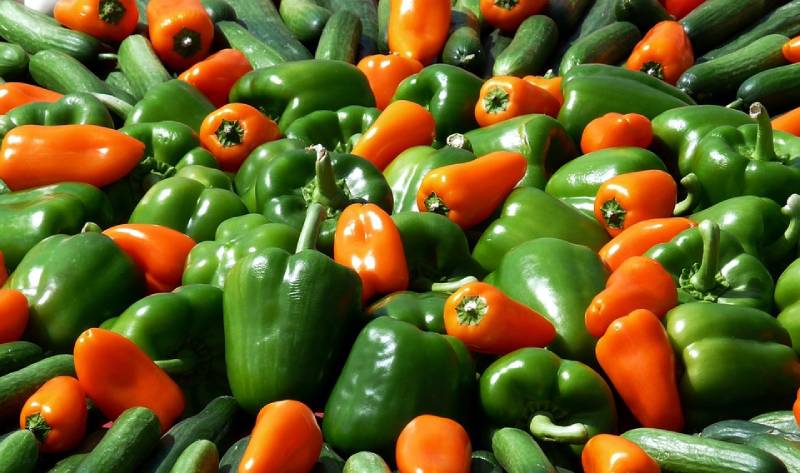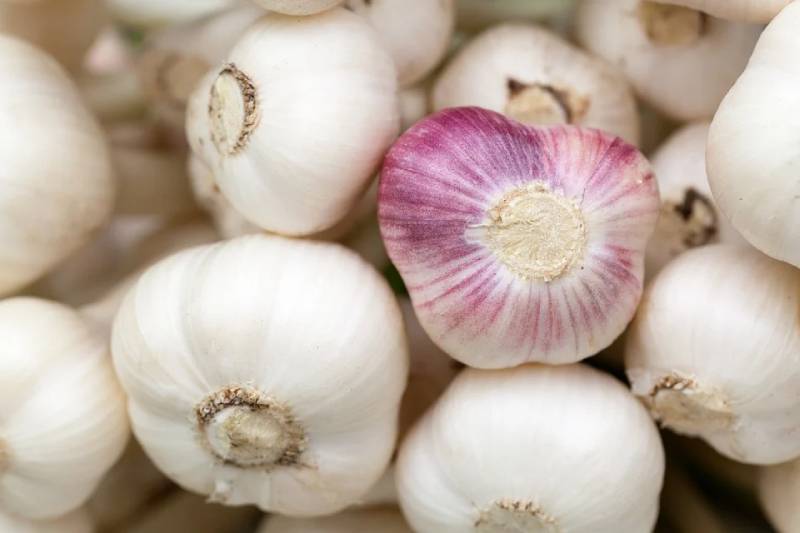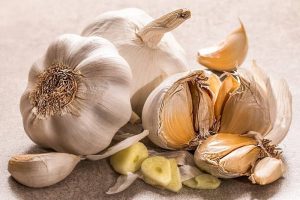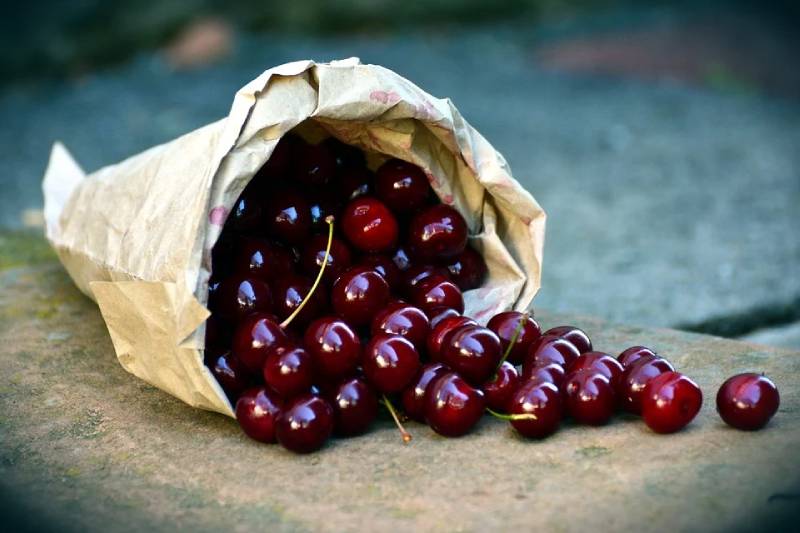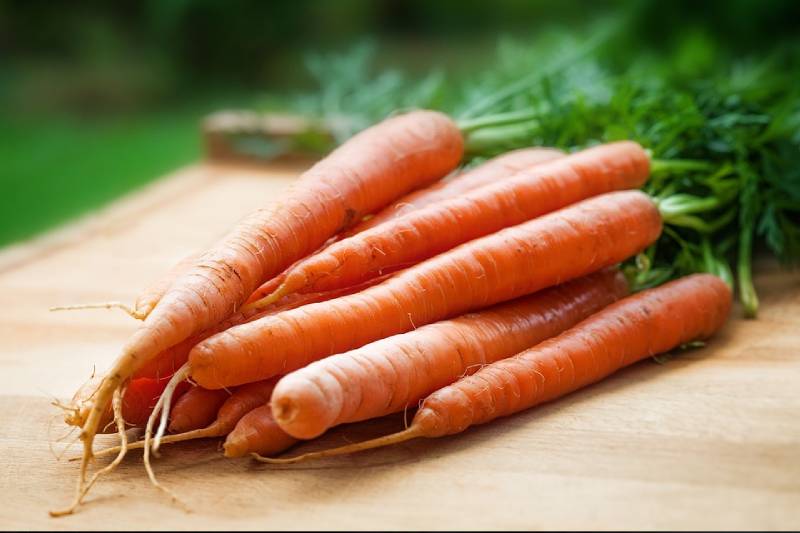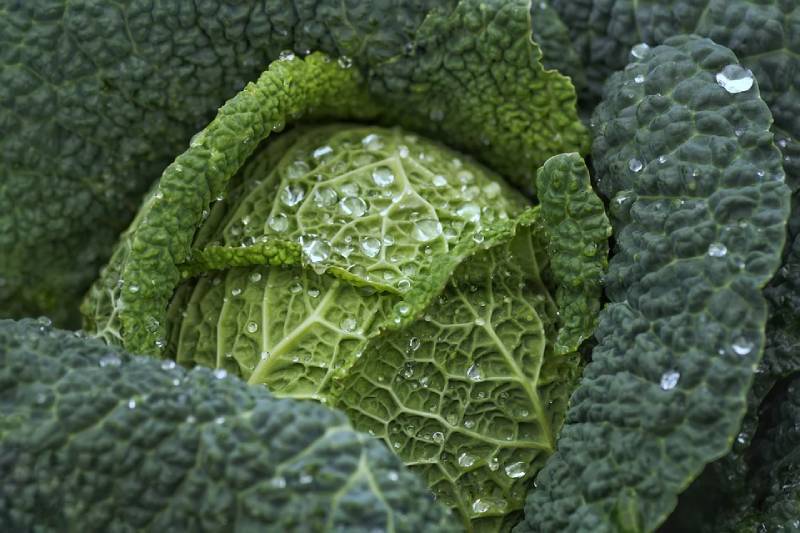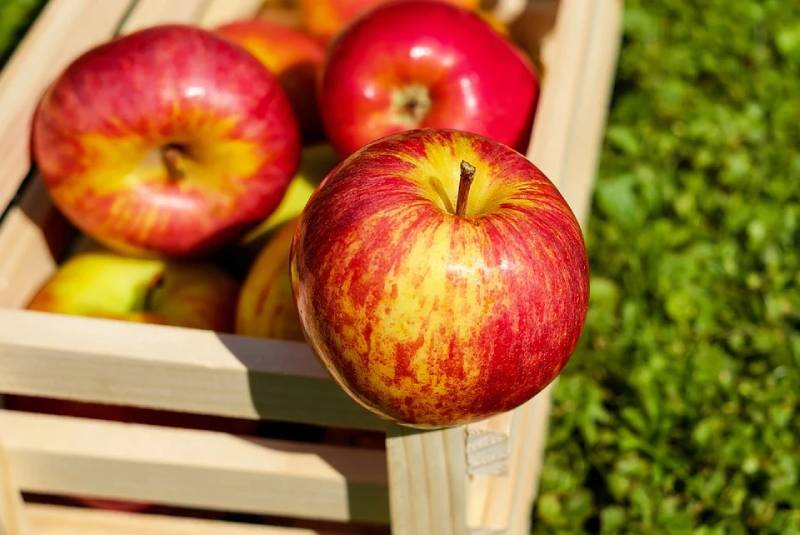Kiwi: Allergic Effects, Benefits, Nutrition Facts, and Recipes
Kiwi allergic effects, benefits, nutrition facts, and delicious kiwi recipes are all covered here. You’ll learn what kiwi does to your body and what it tastes like, plus how to enjoy this amazing fruit in tasty ways.
History of Kiwi
Kiwi fruit, also known as Gooseberry in China, is a unique and fascinating fruit native to central and eastern China. Interestingly, it wasn’t very popular until around 1959. At that time, the name was changed to kiwifruit in honor of New Zealand’s national bird, the kiwi.
Kiwifruit belongs to the genus Actinidia and grows on woody vines. The most common kiwi is oval-shaped, about 5–8 centimeters long and 4.5–5.5 cm wide. Its thin, fuzzy skin is light brown and edible, while the flesh inside is light green or golden with rows of tiny, black seeds. The texture is soft, and the flavor is both sweet and uniquely tart. Notably, in 2018, China produced half of the world’s kiwifruit supply.
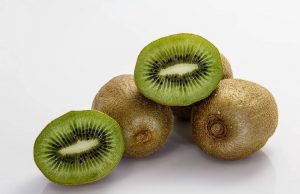


What Does Kiwi Do to Your Body?
Kiwi offers impressive health benefits. For example, it contains twice the vitamin C of an orange and four times that of a grapefruit. Additionally, it has as much potassium as a banana, though it lacks vitamin D.
Because kiwifruit helps lower blood pressure and boosts vitamin C intake, it may reduce the risk of stroke and heart disease. Other benefits include:
Supporting healthy blood pressure and nervous system function
Protecting against eye diseases
Strengthening the immune system
Preventing heart disease
Clearly, kiwi is more than just a tasty fruit — it actively contributes to overall health.
Kiwi Nutrition Facts (per 100 grams)
| Nutrient | Quantity | % Daily Value (DV) | Nutrient | Quantity | % DV |
|---|---|---|---|---|---|
| Energy | 61 kcal | – | Vitamin A | 122 μg | 2% |
| Carbohydrates | 14.66 g | – | Vitamin B1 | 0.027 mg | 2% |
| Sugars | 8.99 g | – | Vitamin B2 | 0.025 mg | 2% |
| Dietary fiber | 3 g | – | Vitamin B3 | 0.341 mg | 4% |
| Fat | 0.52 g | – | Vitamin B5 | 0.183 mg | 5% |
| Protein | 1.14 g | – | Vitamin B6 | 0.063 mg | 6% |
| Water | 83 g | – | Vitamin B9 | 25 μg | 2% |
| Vitamin C | 92.7 mg | 112% | Vitamin E | 1.46 mg | 10% |
| Vitamin K | 40.3 μg | 38% | Calcium | 34 mg | 3% |
| Copper | 0.13 mg | 7% | Iron | 0.13 mg | 2% |
| Magnesium | 17 mg | 5% | Manganese | 0.098 mg | 5% |
| Potassium | 312 mg | 7% | Sodium | 3 mg | 0% |
| Zinc | 0.14 mg | 1% | – | – | – |
Kiwi Allergic Effects
Despite its many fans, kiwi can cause allergic reactions in some people. Research indicates that children are more likely than adults to show symptoms.
Usually, the first signs include a prickly or itchy feeling around the mouth. A rash may develop on the skin where it touched the fruit. Since kiwi allergy is often an oral allergy syndrome, symptoms tend to affect the mouth and throat.
The body’s immune system mistakenly reacts to certain proteins in kiwi, causing these allergic effects. Moreover, repeated exposure may escalate the severity of reactions. Therefore, it’s important to take any reaction seriously and avoid further consumption if you suspect an allergy.
Kiwi Dessert Recipes
Kiwi Sorbet
Making sorbet at home is easier than it sounds and requires just a few steps. It’s best to use ripe, frozen fruit because ripe kiwis contain the highest natural sugar and provide better flavor. If you use underripe kiwis, the sorbet may turn out too sour.
Steps:
Peel and slice the kiwis into even pieces.
Lay the slices flat on a tray and freeze for about an hour.
Blend the frozen kiwi slices until smooth. The result should be soft enough to scoop but frozen like sorbet. Serve immediately.
Kiwi Bars
These bars combine a rich, buttery crust with a sweet-tart kiwi topping. They’re easy to make and delicious served warm or chilled.
Ingredients:
Crust:
1 cup (125g) all-purpose flour
1/3 cup (42g) confectioners’ sugar
1/2 cup (113g) cold butter, diced
Filling:
2 large eggs
1 1/4 cups (250g) granulated sugar
1/4 cup (31g) all-purpose flour
1/2 tsp salt
3 1/2 cups sliced kiwis
Preparation:
Preheat oven to 350°F (175°C).
Mix flour, sugar, and cold butter by hand or with a food processor until butter pieces are pea-sized. Press into an 8×8-inch pan. Bake for 12–15 minutes.
In a bowl, beat eggs lightly. Add sugar, flour, and salt; mix well.
Stir in sliced kiwis gently.
Pour the filling over the hot crust. Bake another 35–40 minutes until filling sets.
Cool at room temperature for at least 30 minutes before serving.
These bars don’t require whipped cream or ice cream, but they’re delicious with either. The buttery crust perfectly complements the kiwi’s sweet and tart flavor, creating a magical contrast.


